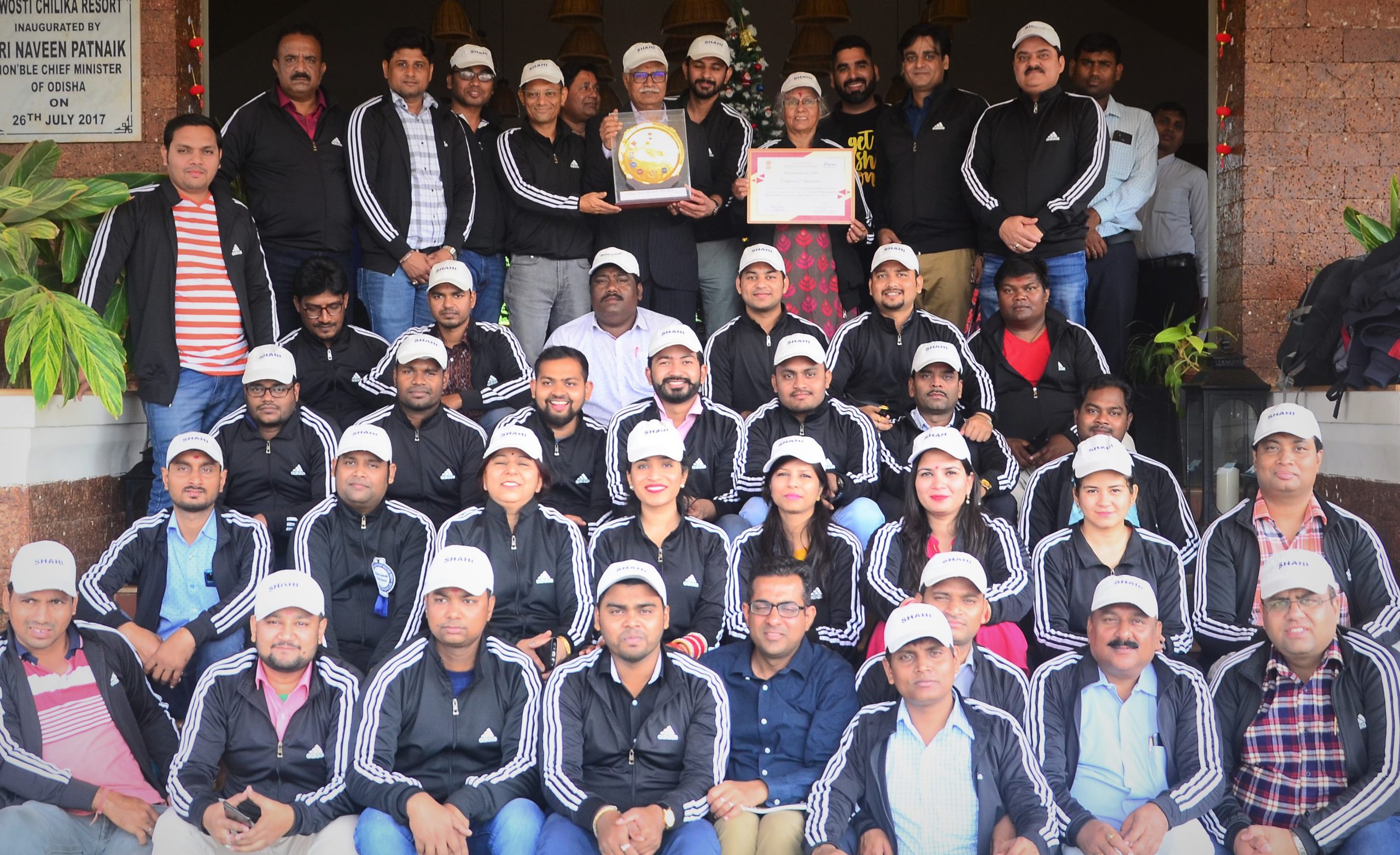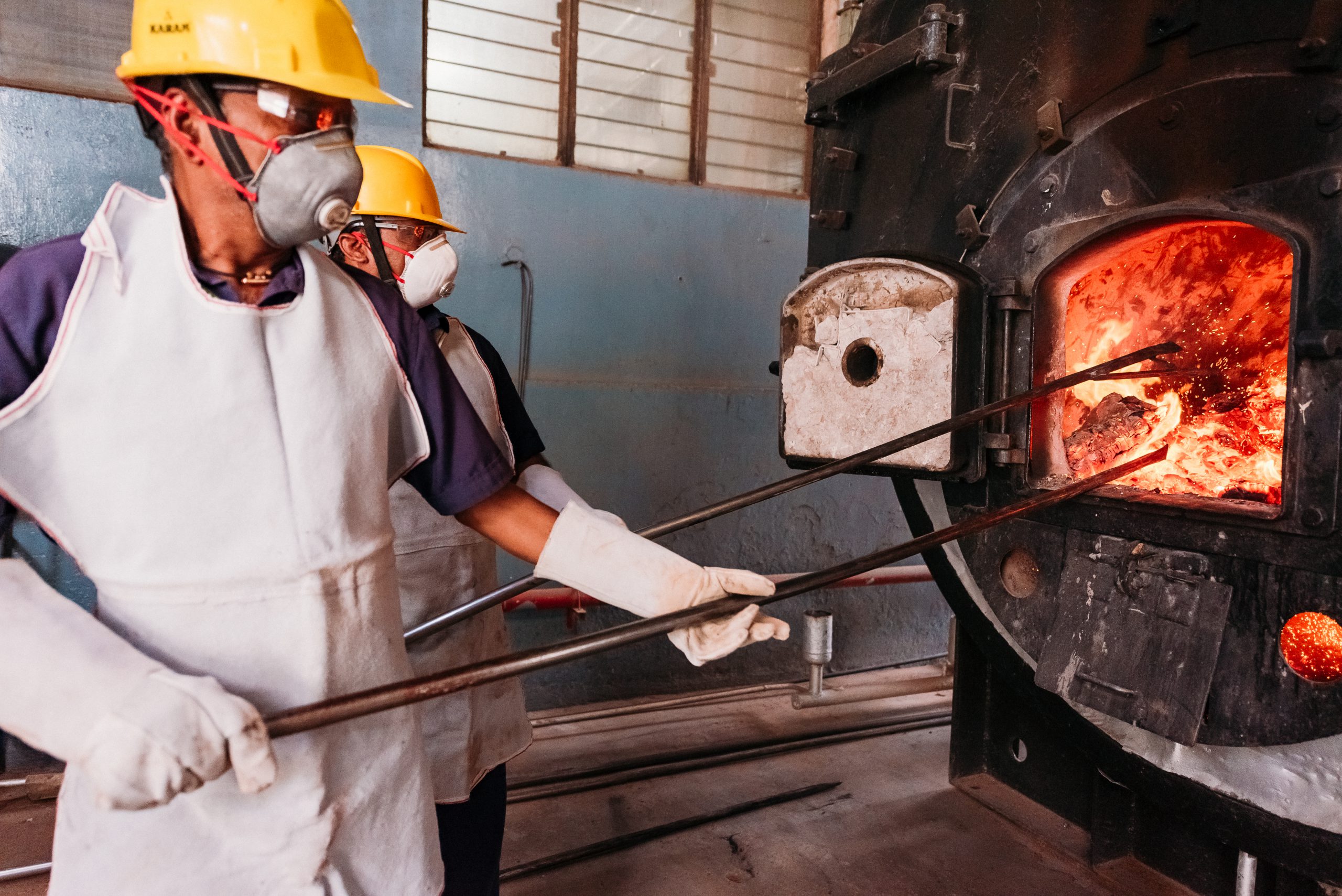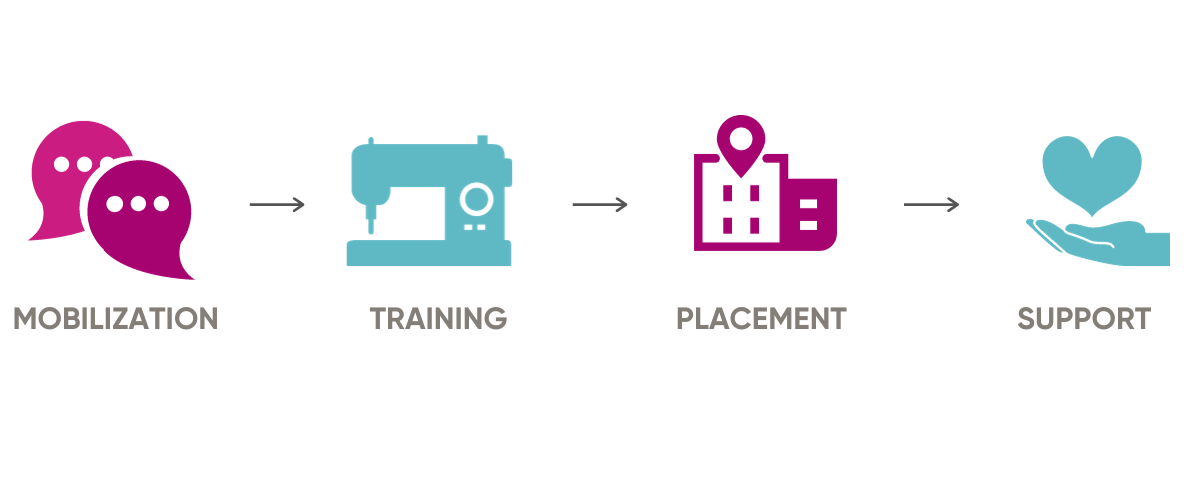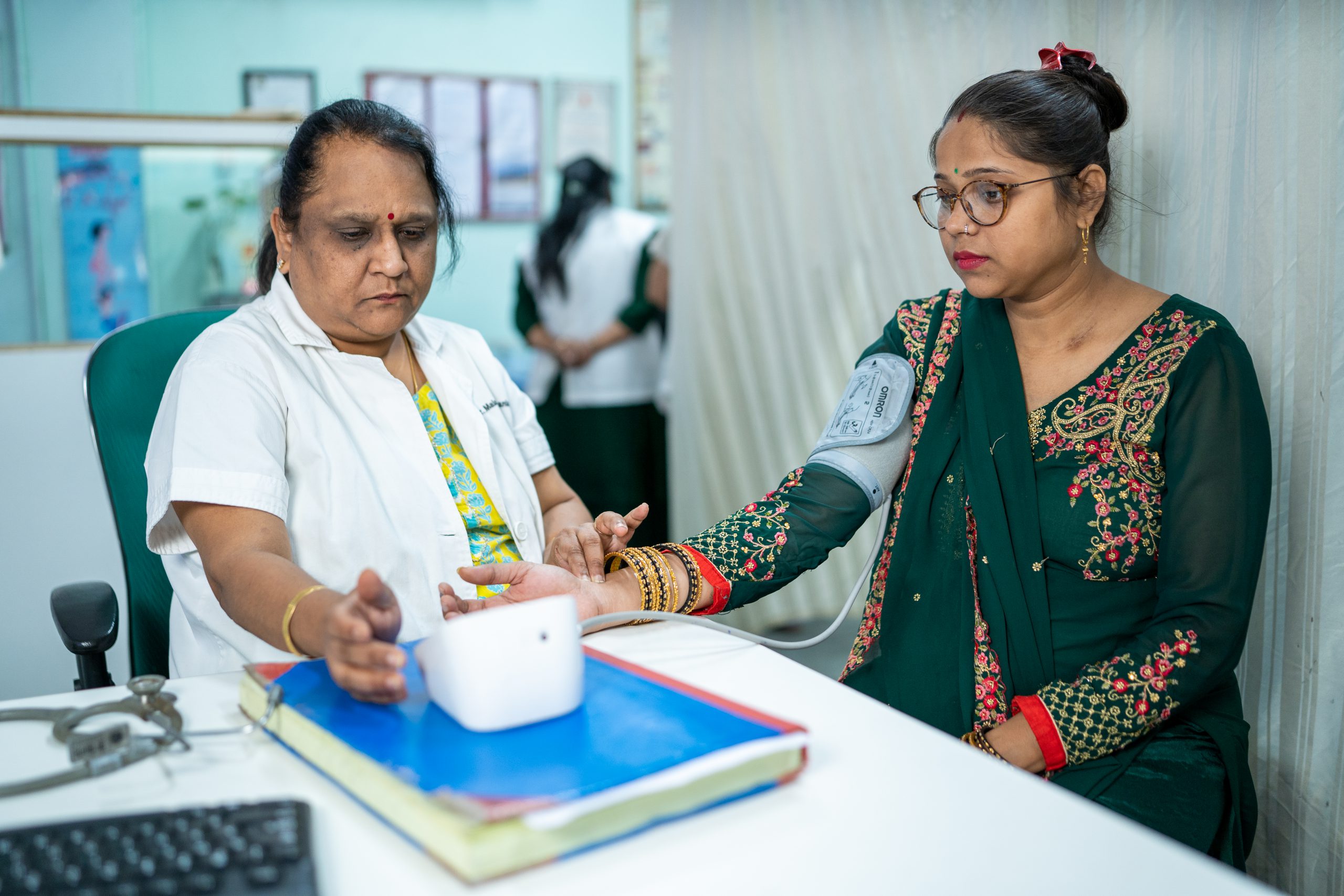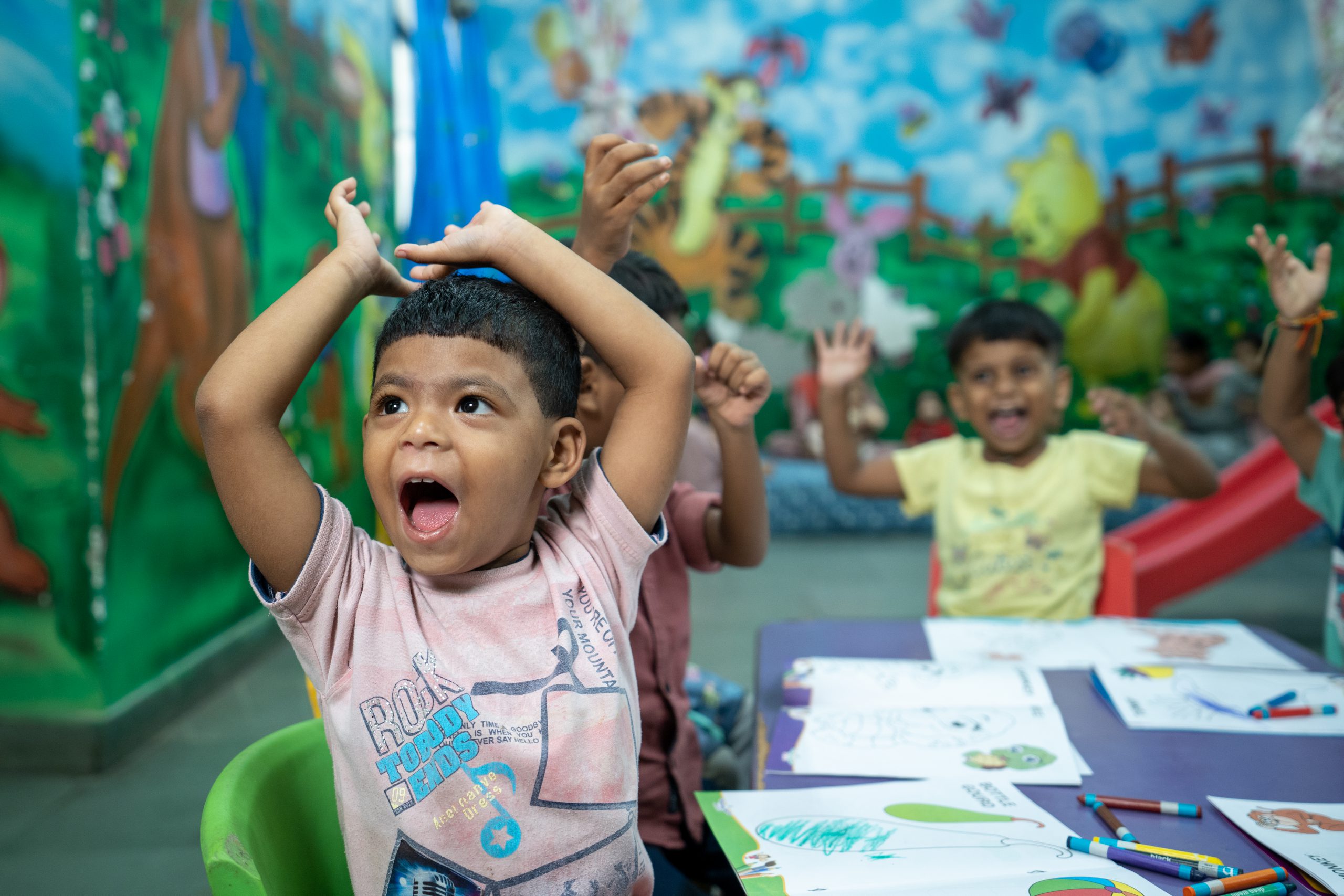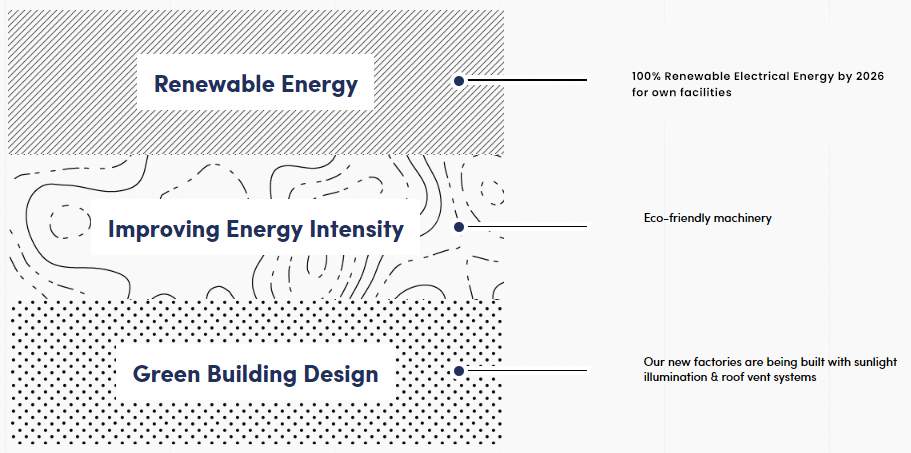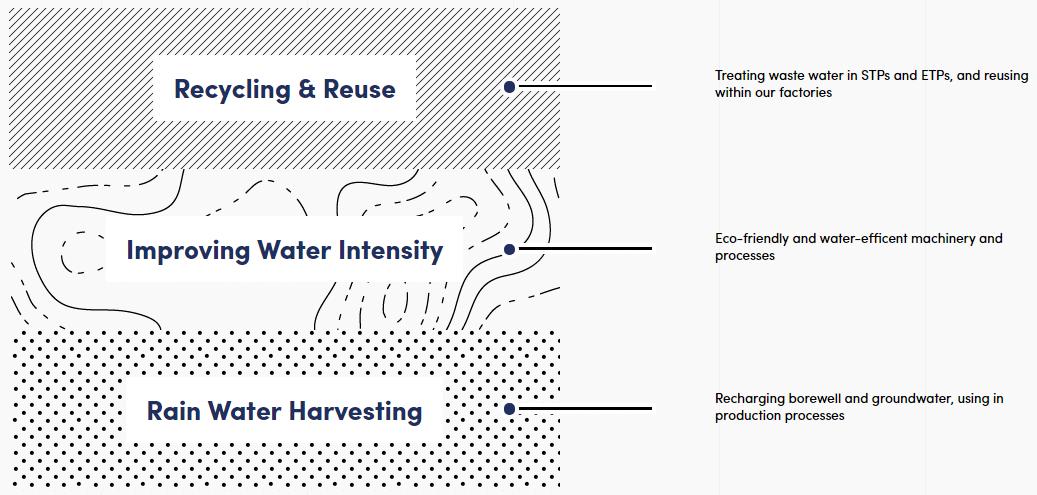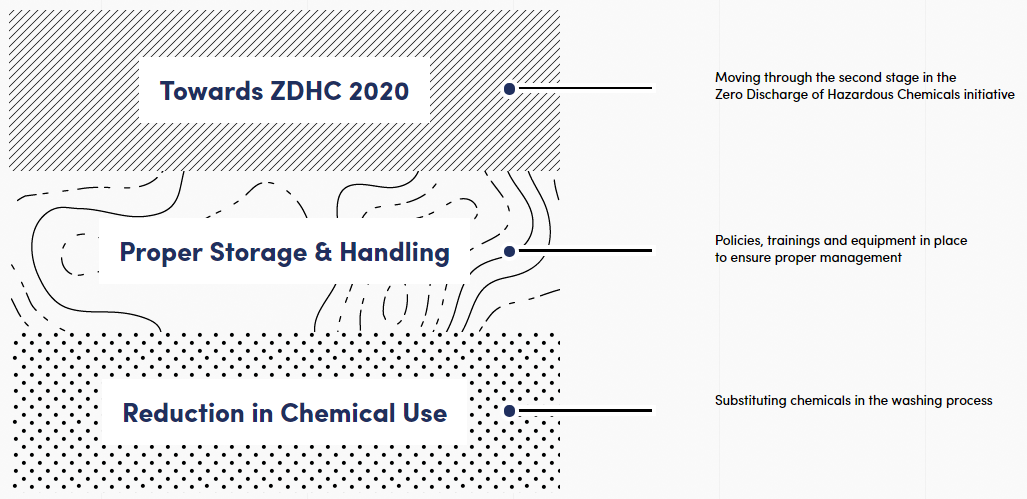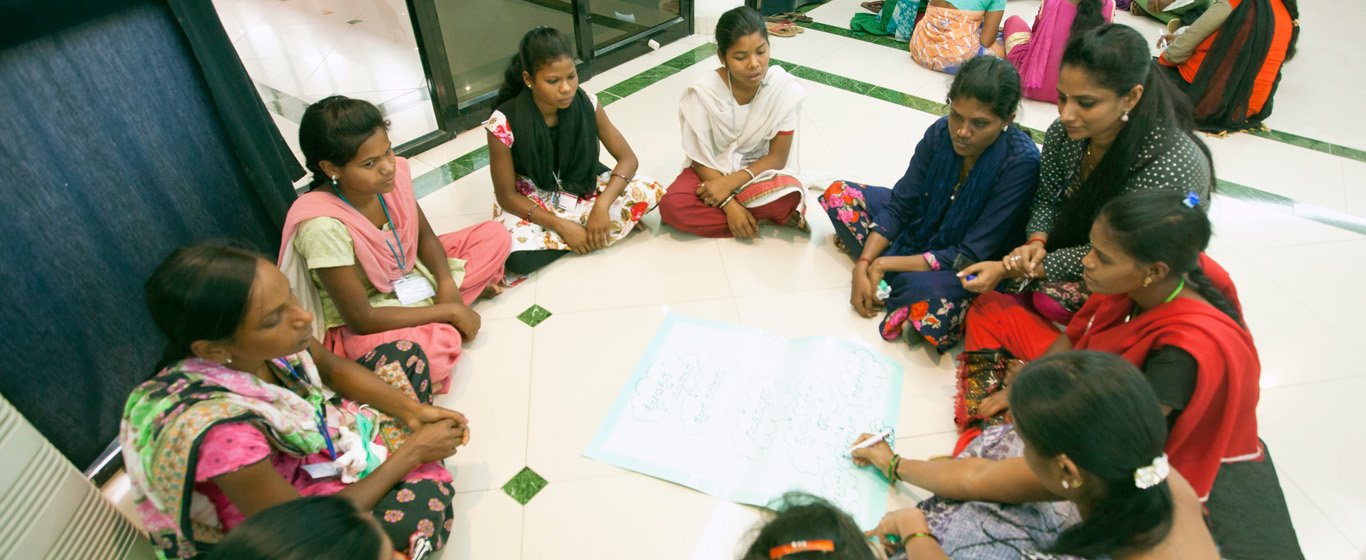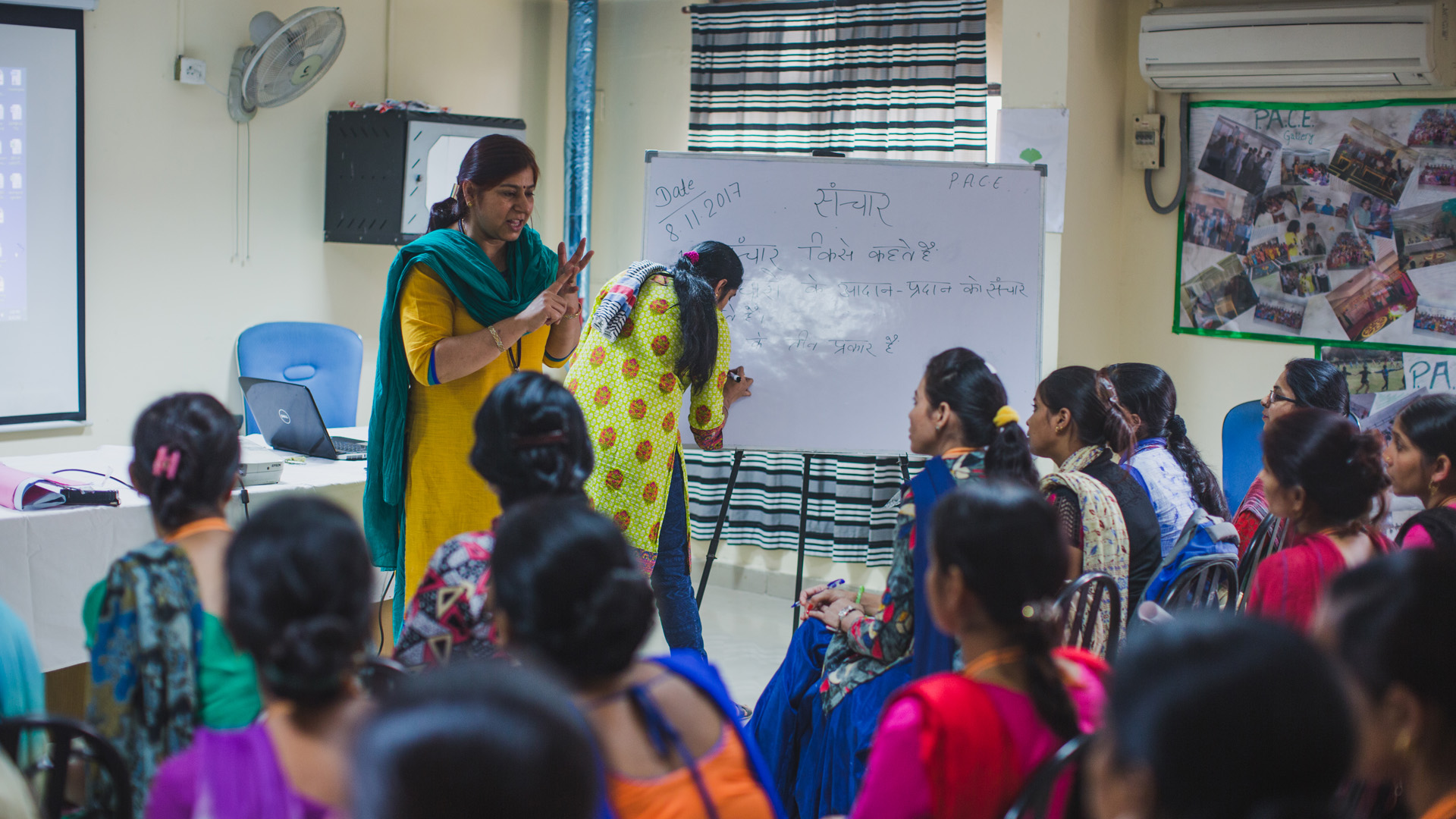Reducing audit fatigue by increasing adoption of SLCP across Shahi factories

In 2019, Shahi became one of the first signatories of the Social & Labor Convergence Program (SLCP). The program now has 259 signatories, including brands, auditing firms, manufacturers, consultancies, standard holders, industry associations, and even national governments. Watch this video to see how Shahi reduced around 4,000+ hours due to reduced audits.
SLCP is a non-profit multi-stakeholder initiative that aims to eliminate audit fatigue in global supply chains. It does not set benchmarks for compliance. Instead, it provides a framework that ensures the effective collection of about 3,000 data points. So instead of conducting an audit for each brand, facilities can do a single audit, which is then verified by a single agency. This increases transparency in supply chains, reduces the need for social audits, and ultimately allows users to redeploy resources to improve working conditions.
Brands can access these data sets from a host platform and rate facilities according to their own standards. The uploaded data can be accessed from the host platform by the brands and rated according to their own standards.
“We envision a future where all our factories will only be doing a single SLCP audit and verification every year. Suppliers can only realize reduced audit fatigue when more and more brands adopt SLCP. Brands have the potential to drive convergence. With SLCP brands can help empower suppliers to invest more time and resources in sustainability and worker wellbeing.”
— Anant Ahuja, Head, Organizational Development
Srinivasa Rao Venkatesh, Chief Compliance Officer, and Gauri Sharma, Senior Manager, Organizational Development, serve as members of SLCP’s Converged Assessment Framework and the Communications and Stakeholder Engagement technical advisory committees. Their involvement helps SLCP align better with industry requirements, especially for manufacturers.
So far, 80% of our factories at Shahi have adopted SLCP, and we are working towards aligning a 100% by 2025.
